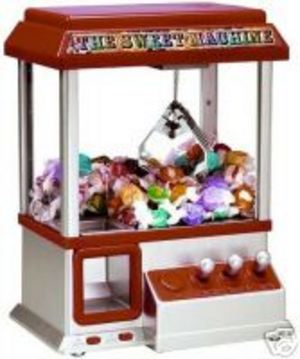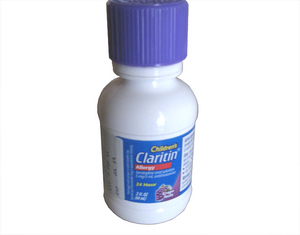Don’t think “cancer” just because you feel a lump in your breast. It may be a cyst. A breast cyst is made up of a dilated milk duct and its surrounding tissue, often forming a fluid-filled sac. Breast cysts or fibrocystic cysts, as they are called, come in all sizes. When your breasts feel like “split peas” inside, you may have lots of little cysts. You may not really feel these cysts, but your doctor may be able to detect them. My gynecologist calls breast cysts “acne of the breast ducts”. Just like acne is associated with hormones, breast cysts seem to be related to fluctuating hormone levels. The exact cause of breast cysts is not known. Women in their 30s and 40s are most likely to develop breast cysts, but they may occur at any age. Breast cysts usually disappear after menopause, but may persist in women on hormone therapy.
Diagnosing breast cysts
Don’t rush into breast surgery or biopsy before you have considered the possibility of cysts. I made the mistake of letting the surgeon persuade me that my 16-year-old daughter had a benign breast tumor. The anesthesia and surgery were traumatic for her. It turned out that all she had was a cyst that did not really require any treatment. Surgery is not necessary for cysts. When you ask the right questions, you and your doctor will be able to make the right diagnosis.
1. Do your lumps get worse just before you get your period?
Hormone fluctuations in estrogen, progesterone, and prolactin are thought to be responsible for the development of cysts. If your lumps come and go with your menstrual cycle, they are cysts.
2. Are your lumps causing breast pain?
When cysts are large, unlike cancer, they can become quite painful.
3. Are your lumps round or oval and feel like small water-filled balloons?
Such soft cysts are easily diagnosed. Ask your doctor to use a needle and syringe to aspirate the fluid in your cysts. After the fluid is withdrawn, the cysts will shrink away. Not all cysts are round and soft, some are hard and calcified. Ultrasound can distinguish between cysts and breast cancer.
4. Have you followed up a mammogram with an ultrasound test?
A mammogram alone cannot distinguish between breast cancer and breast cysts. Ask your doctor to let you have an ultrasound exam. The ultrasound exam is quick, pleasant, and noninvasive, but it is not routinely prescribed.
Treatments that work
Although cysts come and go and don’t need treatment, if your breasts feel uncomfortable or painful, there are a number of things you can do.
Vitamin E
Vitamin E worked for me, although there are no conclusive studies out there. I had very large and painful breast cysts at one point. I did not change my lifestyle in any way; I still ate chocolate and drank coffee, but I took a 800 mg vitamin E supplement daily for several weeks. My cysts shrank and all pain was gone.
Evening primrose oil
I have not tried it, but reputable studies suggest that evening primrose oil supplements alone or together with vitamin E are very effective. Evening primrose oil contains linoleic acid, which may be deficient in women with breast cysts. It is recommended that evening primrose oil be taken for several months to get relief.
Treatments that may work
No caffeine
Some women claim to find relief by avoiding caffeine, which means no coffee, no chocolate, no black tea or cola. There is no proof that these measures work.
Reducing salt
Because salt helps the body to retain water, reducing your salt intake may prevent the breast from retaining excess body fluids.
Other supplements
Iodine-containing seaweed or kelp may help reduce cysts, because breast cysts may be associated with low thyroid function. Vitamin B6 may also reduce the symptoms and size of breast cysts.
Sources
http://www.mayoclinic.com/health/breast-cysts/DS01071
http://www.webmd.com/breast-cancer/benign-breast-lumps


